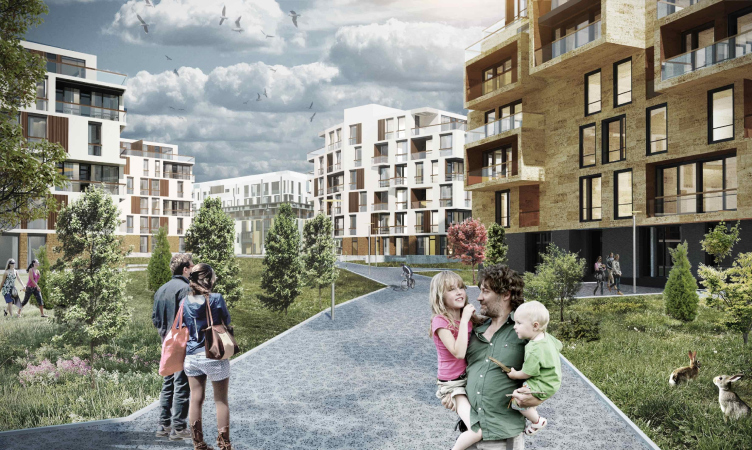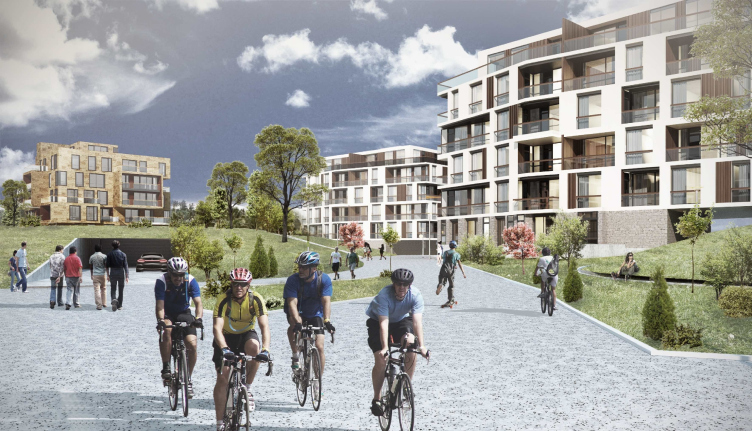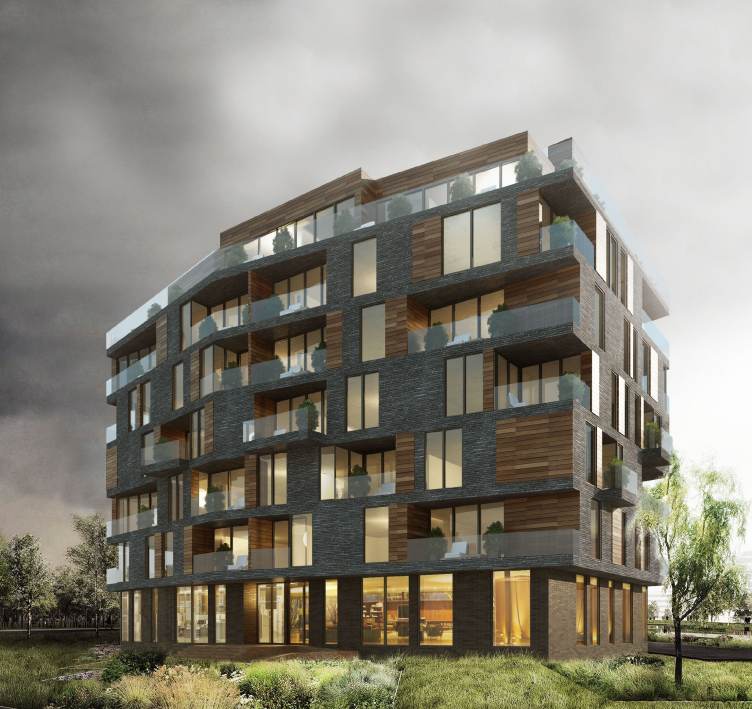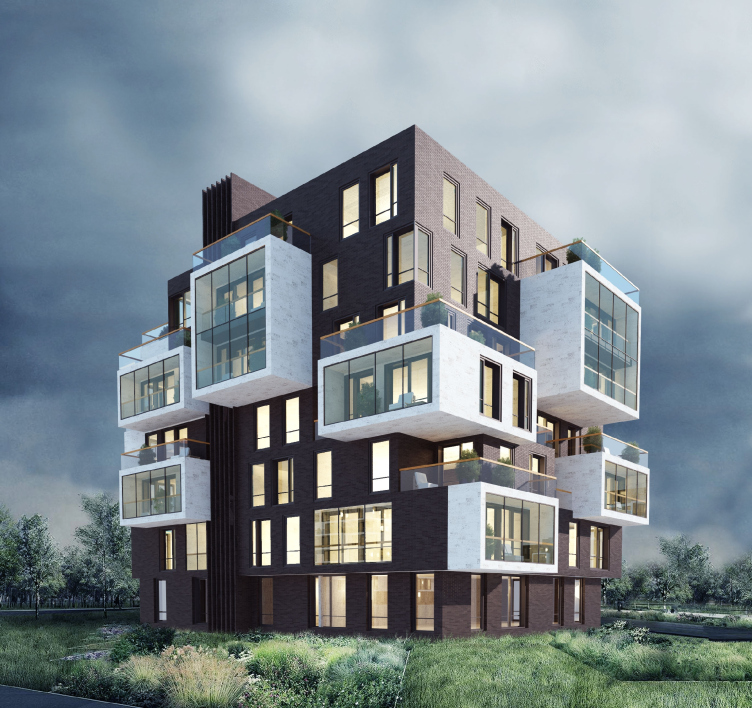The land site allotted for the construction of a residential complex with a community and business center is located near the village of Obushkovo of the Istrinsky District of the Moscow Region, on the left bank of the Belyana River. The area of the plot is 37,045 hectares. On its north, the plot borders on woodland, on its northeast - on M-9 "Baltia" Highway some 50 meters away from its edge, and on its south, southwest, and west side the plot is limited by the Belyana River.
Project of a countryside residential complex in the village of Obushkovo © PANACOM Architectural Bureau
Project of a countryside residential complex in the village of Obushkovo © PANACOM Architectural Bureau
Project of a countryside residential complex in the village of Obushkovo © PANACOM Architectural Bureau
The territory of the residential complex consists of two major parts: the quarter housing part and the territory filled with separately standing buildings that, in turn, are grouped into clusters in accordance with their housing category: from economy to luxury class. All the buildings are under seven floors high. The basic principle of designing all the residential areas of each category was creating residential clusters with shared yard territories of different size, be those the front gardens on the first-floor level, the large "stanza" balconies or the public terraces.
Project of a countryside residential complex in the village of Obushkovo © PANACOM Architectural Bureau
Project of a countryside residential complex in the village of Obushkovo © PANACOM Architectural Bureau
All the residential clusters are separated by boulevards. The architects propose organizing the transportation network in such a way that it separates the pedestrian and the automotive flows as much as possible. For example, the grid of the local driveways almost completely stays away from the yard territories of the residential groups. The system of pedestrian overpasses connects the business and community center with the flanking parking garages on the second-story level. The ramps and stairways provide access to the boulevard and to the residential clusters. Within the confines of the water protection zone, the architects organize a park with promenades, playgrounds, and recreation areas.
Project of a countryside residential complex in the village of Obushkovo © PANACOM Architectural Bureau
Project of a countryside residential complex in the village of Obushkovo © PANACOM Architectural Bureau
The housing stock is differentiated in accordance with the specific location and the type of each specific building. The "A-Class" luxury houses are located in the west part of the plot. Here one will see separately standing buildings of two types. The first type is of varying height (from 4 to 7 floors) where the roof of the lower floor is the terrace of the upper one. These houses that include large two-room apartments (up to 80 square meters) are decorated with light-colored stone and dark-colored wood panels. Others, with light finish of their facades, are only equipped with such individual terraces on the top seventh floor. The underground parking garages of "Cluster A" are disguised to look like green hills.
Project of a countryside residential complex in the village of Obushkovo © PANACOM Architectural Bureau
Project of a countryside residential complex in the village of Obushkovo © PANACOM Architectural Bureau
The houses of "B-Class" are located on the north and the south side of the plot. This cluster consists of the houses that include studio and double-room apartments. Their top floors are equipped with a large terrace that is intended, however, not for the private but for the public use. Because the buildings of "Cluster B" are located on the two opposite sides of the complex, their finish poses a striking contrast: in the north part it is the dark narrow brick and light-colored stone, and in the south part is is the light-colored brick and dark-blue plasticized stucco.
In the central zone of the plot, the cluster of "C-Class" is situated, with predominantly regular studio and double-room apartments. The jagged front of the quarter-planned housing and the varying number of floors help to mitigate the monotony of the urban "blind facade" design.
Project of a countryside residential complex in the village of Obushkovo © PANACOM Architectural Bureau











































